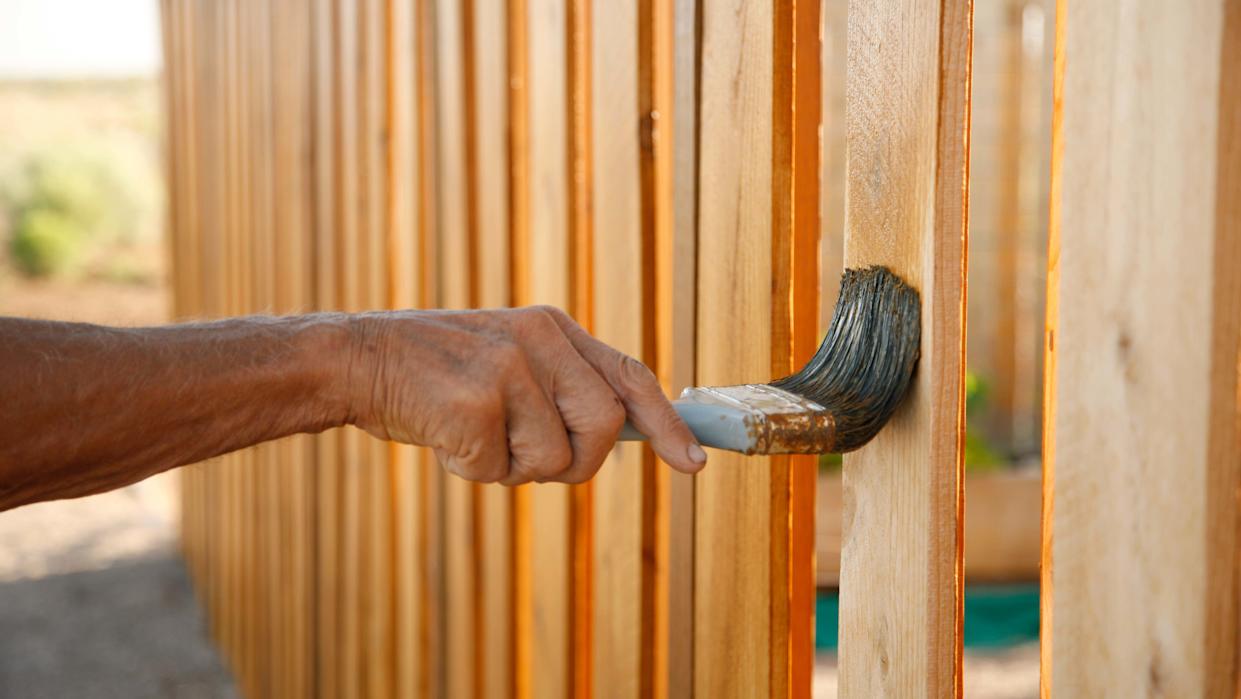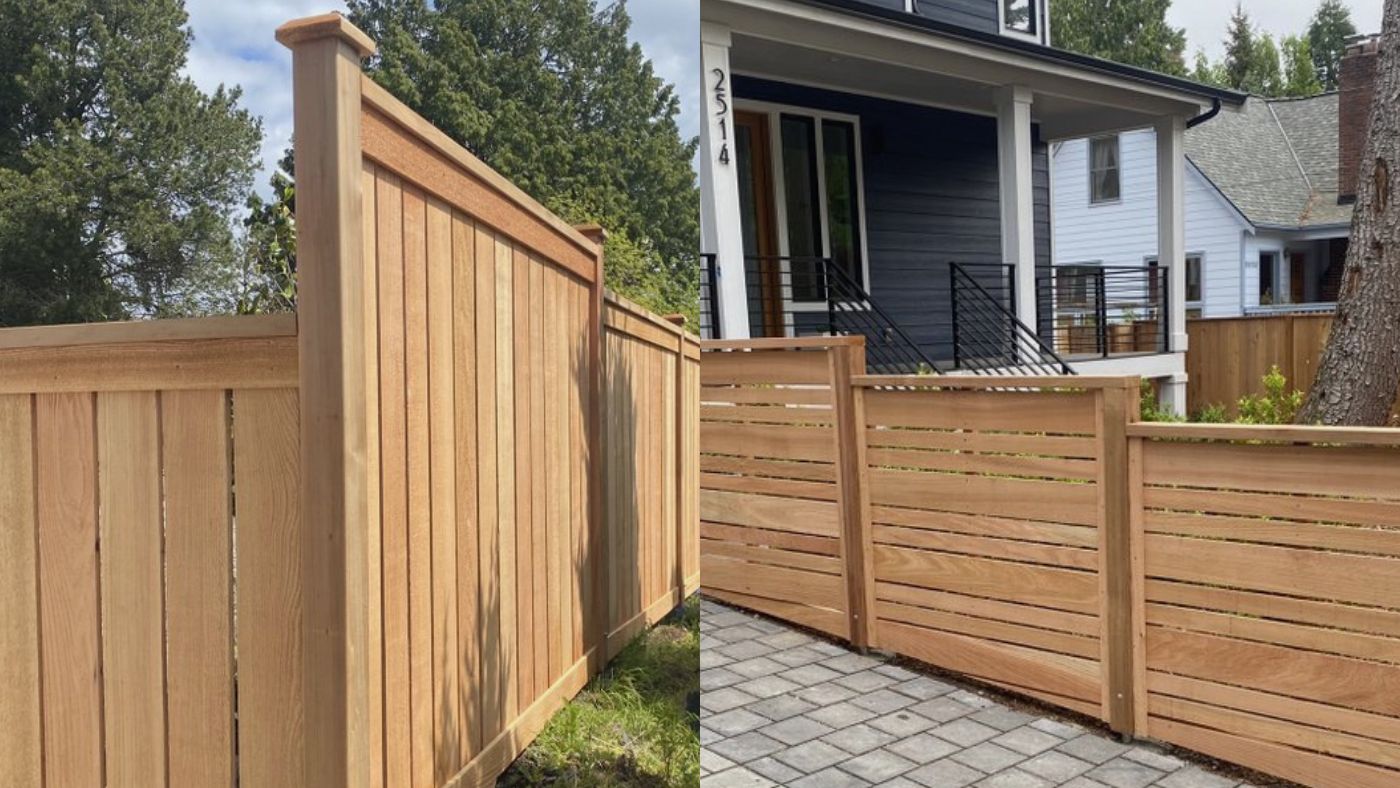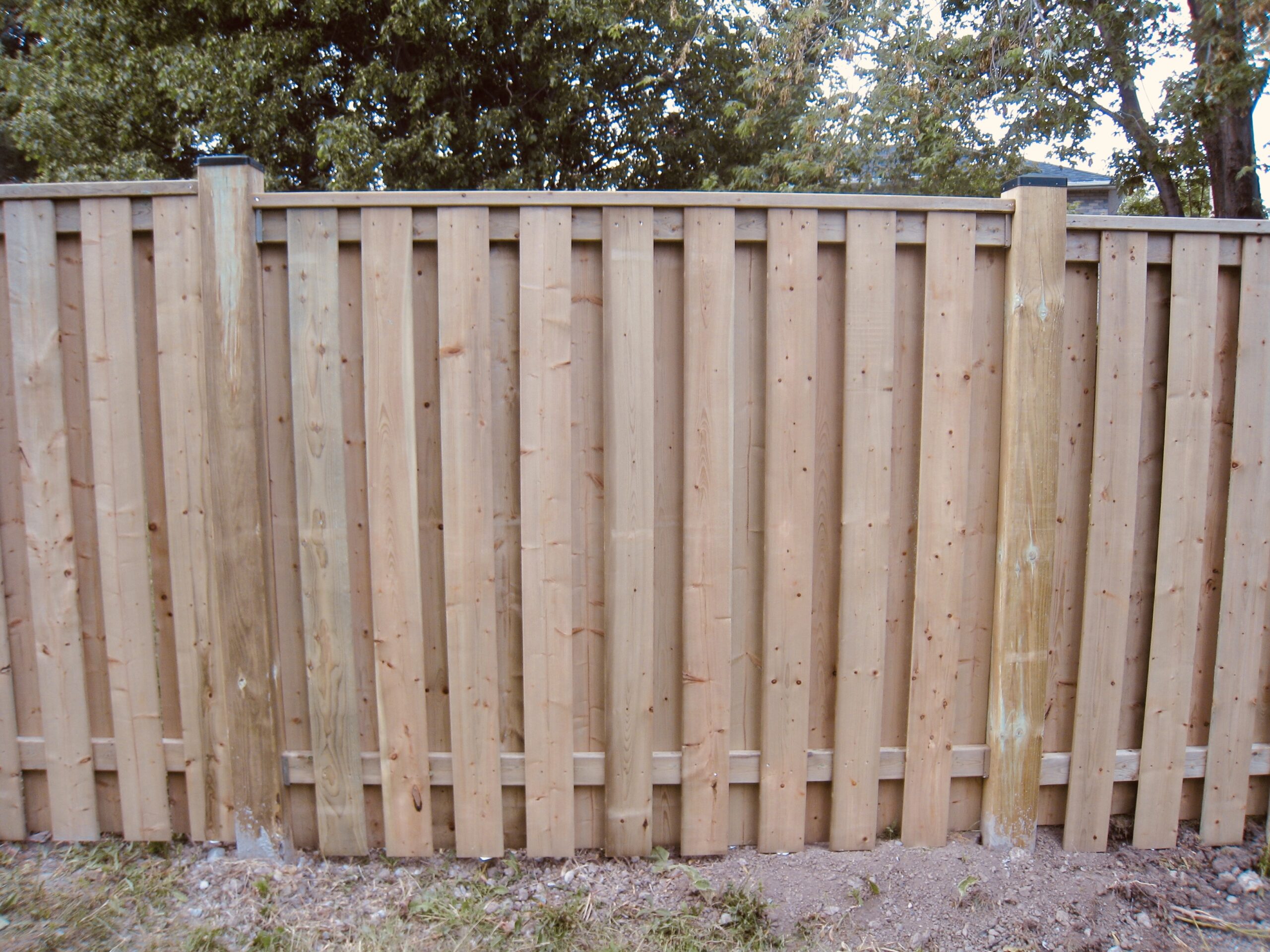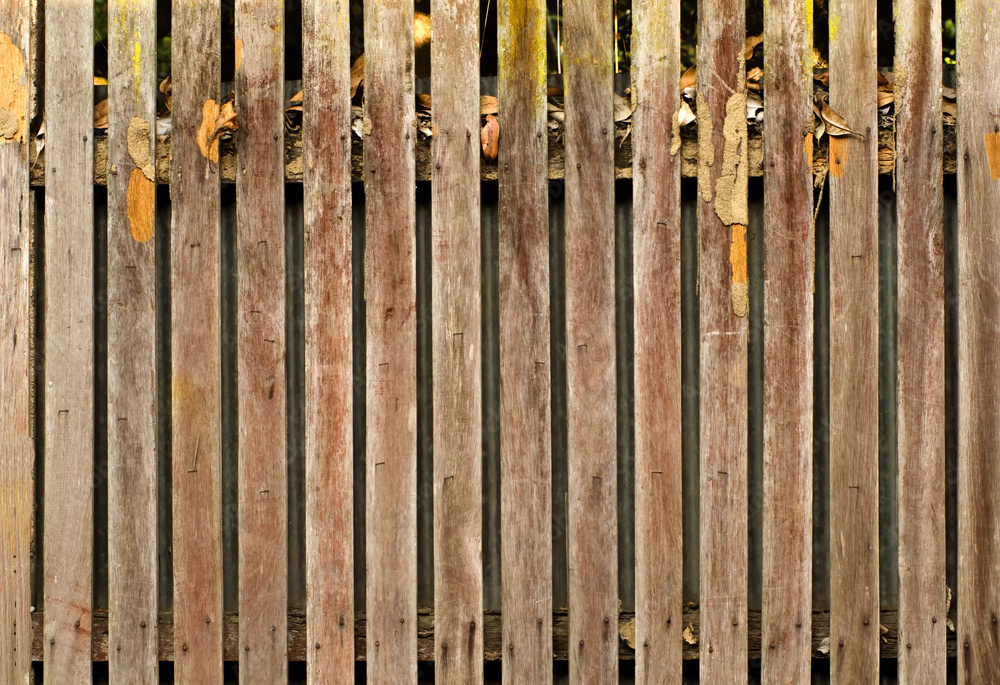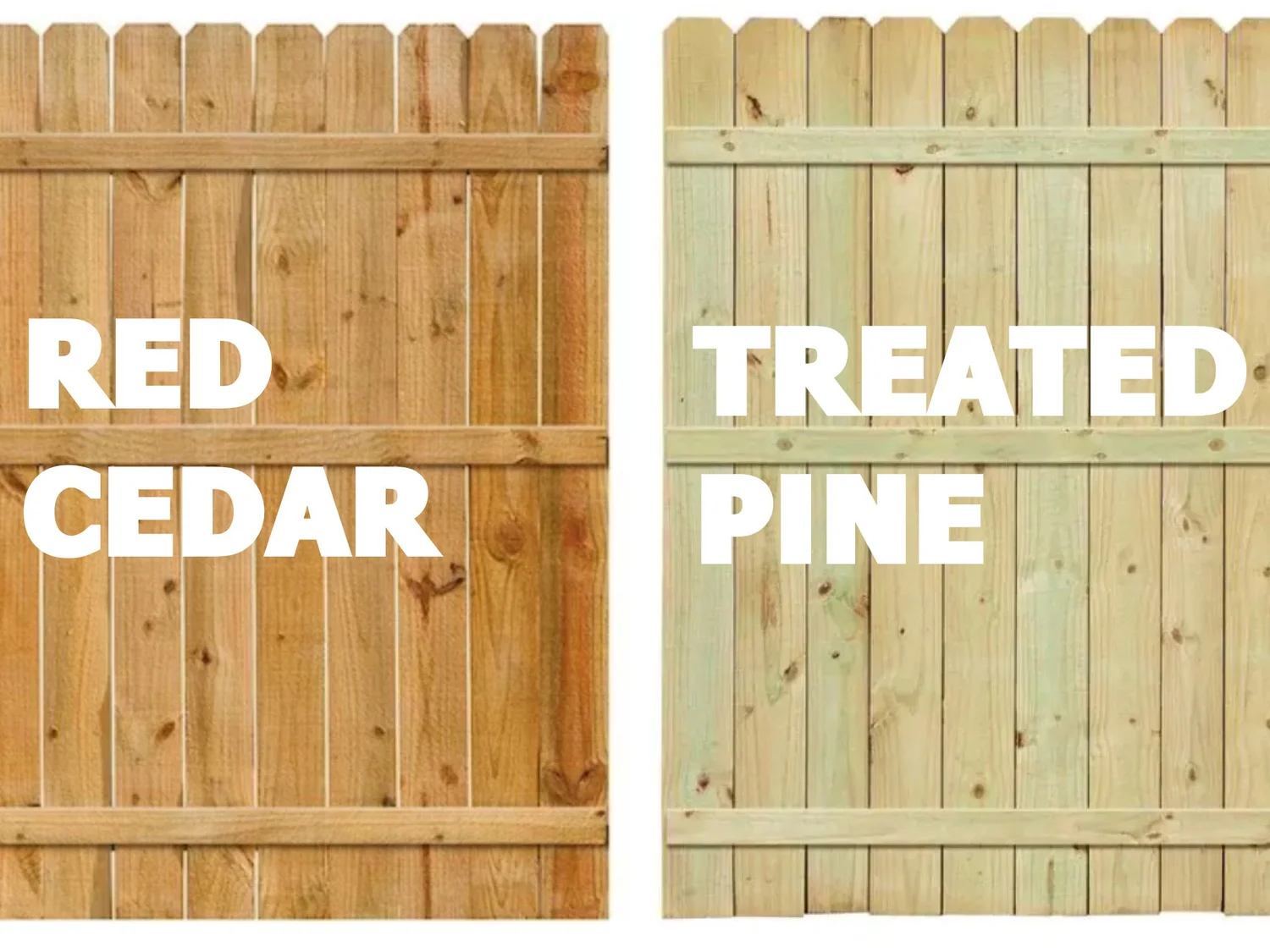
Choosing the Right Wood for Your Fence
When it comes to building a fence in Ontario, choosing the right wood material is crucial for both aesthetics and longevity. With Ontario’s diverse climate featuring harsh winters, humid summers, and varying precipitation levels, your fencing material needs to withstand temperature fluctuations, moisture, and seasonal changes. This comprehensive guide explores the most popular wood options for Ontario homeowners, helping you make an informed decision for your next fencing project.
Understanding Ontario’s Climate Challenges
Ontario’s continental climate presents unique challenges for outdoor structures. The province experiences frigid winters with snow and freezing temperatures, followed by warm, humid summers with frequent rainfall. These extreme weather fluctuations cause wood to expand and contract, potentially leading to cracking, warping, and structural issues if you don’t choose the right material.
For fencing in cities like Toronto, Markham, Newmarket, and surrounding areas, you need wood that can handle moisture from snow and rain while resisting the damaging effects of UV rays during sunny summer months. The freeze-thaw cycles common throughout Ontario can be particularly harsh on untreated wood, making material selection even more critical.
Pressure-Treated Wood: The Durable Workhorse
Pressure-treated wood has become increasingly popular among Ontario homeowners, and for good reason. This lumber undergoes a specialized process where preservatives are infused deep into the wood fibers under pressure, providing enhanced protection against rot, decay, and insect damage.
Benefits of Pressure-Treated Fencing
Enhanced Durability: The pressure-treatment process significantly extends the wood’s lifespan, making it ideal for Ontario’s challenging climate conditions. A well-maintained pressure-treated fence can last 15-20 years or more.
Cost-Effectiveness: Pressure-treated lumber typically costs less than premium options like cedar or redwood, making it an excellent choice for budget-conscious homeowners. In Ontario, you can expect to pay between $45-$70 per linear foot for pressure-treated fencing.
Weather Resistance: The infused preservatives help the wood resist moisture damage, which is crucial during Ontario’s wet springs and snowy winters. This treatment makes the wood less susceptible to the freeze-thaw cycles that plague the region.
Versatility: Pressure-treated wood works well for various fence styles, from privacy fences to decorative installations. It accepts stains and paints readily, allowing for customization to match your property’s aesthetic.
Considerations for Pressure-Treated Wood
While pressure-treated lumber offers excellent value, there are some factors to consider. The wood initially appears wet due to the treatment process and will need several weeks to dry naturally. The green tinge from the treatment chemicals can be aesthetically unappealing, though this can be addressed with staining or painting.
Regular maintenance is essential for maximizing longevity. You should inspect your fence annually for loose boards or hardware and re-stain or seal the wood every 2-3 years to maintain protection and appearance.
Cedar: The Premium Natural Choice
Cedar has long been considered the gold standard for wood fencing, particularly Western Red Cedar. This species offers exceptional natural properties that make it ideal for Ontario’s climate, though it comes at a premium price point.
The Cedar Advantage
Natural Resistance: Cedar contains natural oils and tannins that repel insects, resist rot, and deter moisture damage. These inherent properties make cedar an excellent choice for outdoor applications without requiring chemical treatment.
Longevity: A well-maintained cedar fence can last 15-30 years or even longer. With proper care and occasional re-staining, some cedar fences have been known to endure for decades, making them a worthwhile long-term investment.
Aesthetic Appeal: Cedar’s warm, reddish-brown tones and distinctive grain patterns create visual appeal that enhances any property. Over time, if left untreated, cedar naturally weathers to an attractive silvery-gray patina that many homeowners find charming.
Low Maintenance: Unlike other wood types, cedar doesn’t require pressure treatment or extensive chemical intervention. Regular cleaning and occasional staining every few years are typically sufficient to maintain its beauty and protection.
Environmental Benefits: Cedar is harvested from sustainable forests and represents an environmentally responsible choice. Its natural resistance properties mean fewer chemical treatments are needed throughout its lifespan.
Cedar Investment Considerations
Cedar’s premium qualities come with a higher price tag, typically ranging from $55-$85 per linear foot in Ontario. However, when you factor in its longevity and reduced maintenance requirements, cedar often proves cost-effective over the fence’s lifetime.
The initial investment may be substantial, but cedar’s durability and aesthetic appeal can increase property value while providing decades of reliable service with minimal upkeep.
Alternative Wood Options
While pressure-treated lumber and cedar dominate the Ontario market, several other wood species deserve consideration for specific applications.
Pine Fencing
Pine represents the most budget-friendly option for wood fencing. When pressure-treated, pine can provide adequate service for 10-15 years, making it suitable for temporary installations or situations where budget constraints are paramount.
However, pine is a softwood that’s more prone to warping, cracking, and insect damage compared to cedar or pressure-treated alternatives. It requires more frequent maintenance and may need replacement sooner than premium options.
Spruce Options
Spruce fencing offers another economical choice, particularly for stockade-style installations. This softwood is readily available and easy to work with, making it popular for DIY projects.
However, spruce lacks natural resistance to moisture and insects, making it less suitable for Ontario’s climate without proper treatment. Well-maintained spruce fences typically last 4-7 years, requiring more frequent replacement than other options.
Douglas Fir Considerations
Douglas Fir provides excellent strength-to-weight ratio and good workability, making it suitable for structural applications like fence posts and rails. While not as naturally resistant as cedar, Douglas Fir offers better durability than pine or spruce when properly treated.
This species works particularly well for contemporary fence designs and horizontal installations, though it requires regular maintenance to perform optimally in Ontario’s climate.
Making the Right Choice for Your Property
When selecting wood for your Ontario fence, consider these key factors:
Budget vs. Longevity: While cedar requires a higher initial investment, its extended lifespan often makes it more economical over time. Pressure-treated lumber offers a middle ground between cost and durability.
Maintenance Preferences: If you prefer low-maintenance options, cedar’s natural resistance properties require less ongoing care than pressure-treated or alternative woods.
Aesthetic Goals: Cedar provides unmatched natural beauty, while pressure-treated lumber offers versatility for custom finishes and colors.
Local Climate Considerations: In areas with high moisture or insect activity, cedar’s natural resistance properties become increasingly valuable.
Installation Timeline: Pressure-treated lumber is readily available and can be installed immediately, while cedar may require special ordering and represents a larger upfront investment.
Professional Installation and Standards
Regardless of your wood choice, professional installation ensures your fence meets industry standards and performs optimally. Quality fence contractors understand local building codes and can recommend the best materials for your specific location and needs.
Working with experienced professionals also ensures proper post installation, adequate drainage, and appropriate spacing that maximizes your fence’s lifespan and performance in Ontario’s challenging climate.
When evaluating contractors, look for those familiar with quality fencing practices and who can provide references from similar projects in your area.
Maintenance for Long-Term Success
Regardless of your wood choice, proper maintenance is essential for maximizing your fence’s lifespan and appearance. Establish a regular inspection schedule to identify potential issues early, keep vegetation away from fence lines to promote air circulation, and address minor repairs promptly to prevent larger problems.
Regular cleaning with appropriate products helps maintain your fence’s appearance while preventing the buildup of dirt, mold, and mildew that can accelerate deterioration. For those seeking professional maintenance services, working with experienced contractors can ensure your investment remains protected throughout Ontario’s challenging seasons.
For additional guidance on wood selection and maintenance best practices, the Canadian Wood Council provides comprehensive resources on wood products and their appropriate applications for Canadian climates.
Conclusion
Choosing the right wood for your Ontario fence requires balancing budget, durability, maintenance preferences, and aesthetic goals. Cedar remains the premium choice for homeowners seeking maximum longevity and natural beauty, while pressure-treated lumber offers excellent value for those balancing cost and performance.
Alternative options like pine, spruce, or Douglas Fir may suit specific applications or budget requirements, though they typically require more maintenance and frequent replacement in Ontario’s climate.
Whatever wood you choose, proper installation by qualified professionals and regular maintenance will ensure your fence provides years of reliable service while enhancing your property’s value and appeal. Take time to evaluate your specific needs, local conditions, and long-term goals to make the best decision for your fencing project.

